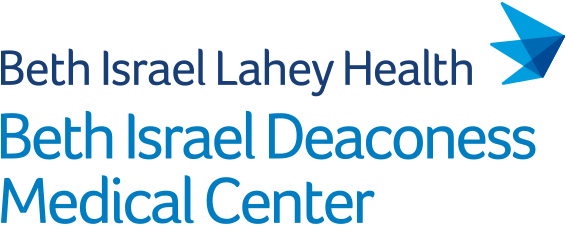Abstract
BACKGROUND: Catheter ablation is an effective therapy for ventricular tachycardia (VT) and is increasing in use. Assessment of contemporary real-world outcomes of VT ablation requires data inclusive of both inpatient and outpatient encounters.
OBJECTIVE: We aimed to assess factors associated with 1-year in-hospital mortality, all-cause readmission, and recurrent readmission for VT after VT ablation along with the associated costs of care.
METHODS: Inpatient and outpatient VT ablations were captured in the Healthcare Cost and Utilization Project data in Florida, Maryland, and New York from 2016 to 2020 with 1-year follow-up through 2021. Cox proportional hazards regression was used to identify risk factors associated with 1-year in-hospital mortality, all-cause readmission, and recurrent VT readmission. Costs of inpatient cases and readmission were captured.
RESULTS: Of 3899 patients undergoing VT ablation, 2% died during the initial episode of care. The 1-year in-hospital mortality rate, all-cause readmission rate, and recurrent VT readmission rate were 6.8%, 43.4%, and 16.9%, respectively, and were broadly stable during the study period. Coronary artery disease, chronic kidney disease, and heart failure were independently associated with an increased risk of in-hospital mortality and all-cause readmission within 1 year (P < .05). Recurrent VT was the most common cause of readmission. All-cause readmissions increased costs by 55%.
CONCLUSION: Mortality, long-term readmission, and recurrent VT remain high after VT ablation and include measurably important costs. Strategies to improve freedom from recurrent VT while managing comorbid conditions may serve as targets for improving the efficacy and cost-effectiveness of an important procedure applied to a vulnerable population.

